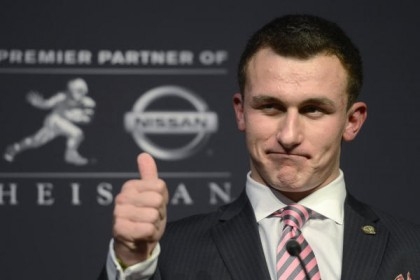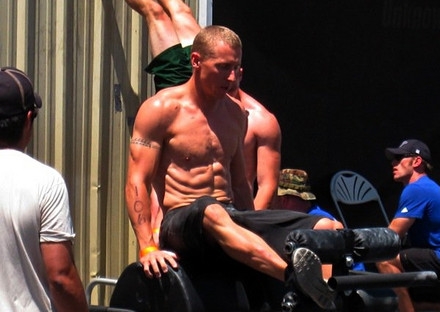
CrossFit: At the Forefront of a Fitness Revolution
As far as beginnings go, the origins of the CrossFit strength and conditioning program were largely inauspicious. Created in the 1970s by a former high school gymnast by the name of Greg Glassman, the first CrossFit-affiliated gym wouldn’t open until 1995, and it wasn’t until 2001, when Glassman launched the official CrossFit website, that his brand began to garner attention and acclaim from the fitness community. Today, CrossFit is used in nearly 2,000 gyms around the world, and the program’s popularity has spawned an international competition based on its core workouts and principles, named the CrossFit Games. While it doesn’t carry the same historical weight as, say, James Naismith penning the thirteen original rules of basketball, Glassman’s creation is, nevertheless, poised to expand the limits of strength and conditioning, and to take the pursuit of fitness to previously unforeseen heights.
Of course, before CrossFit became an internationally-renowned strength and conditioning phenomenon sponsored by Reebok, it was nothing more than an idea; the brainchild of a restless gymnastics coach at a Pasadena YWCA in the mid-1970s. Searching to create his own efficient, high-intensity workout, Glassman observed the limitations of established regimens that kept athletes from attaining their fitness goals. Glassman detailed his findings in an interview with Girevik Magazine: “Over the years, it became abundantly clear that combining elements of traditional body building, such as curls, leg extensions [and] lateral raises, with extended aerobic efforts… paled to mixing heavy fundamental movements with high intensity cardio efforts.”
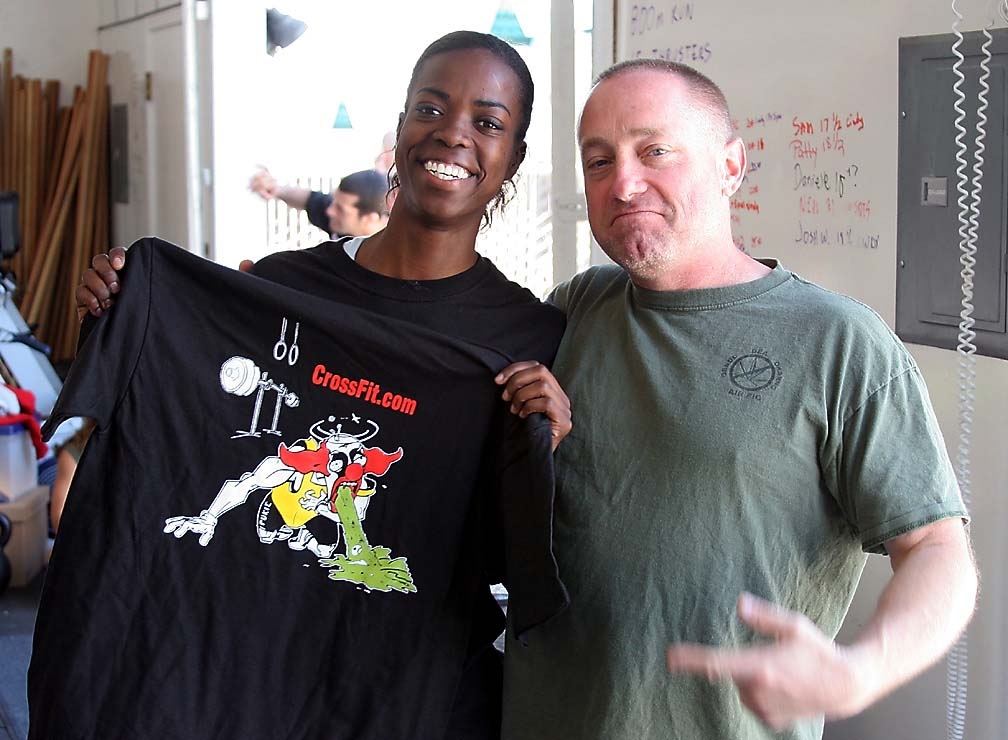
It’s for that reason that Glassman’s creation combines a variety of conventional exercises and applies them in an unconventional manner, in order to constantly challenge the body. The CrossFit program is built upon the ideal that a healthy, fit person requires a certain level of capability in ten physical skills: accuracy, agility, balance, coordination, endurance, flexibility, power, speed, stamina and strength. Athletes are required to run, jump, row, climb rope and carry odd objects; by using dumbbells, gymnastic rings, kettle bells and pull-up bars to perform calisthenics and bodybuilding exercises, with little rest time in between, CrossFit has established itself as a revolutionary train of thought in the otherwise stodgy world of fitness.
CrossFit asserts that its program fits the needs of any individual, from elite athletes to military special operations units to ordinary citizens. An excerpt on the CrossFit website explains that the program “is designed for universal scalability, making it the perfect application for any committed individual, regardless of experience. We scale loads and intensity; we don’t change programs. The needs of Olympic athletes and our grandparents differ by degree, not kind. Our terrorist hunters, skiers, mountain bike riders and housewives have found their best fitness from the same regimen.”
Glassman’s fitness principles, initially regarded with skepticism by trainers and gym rats alike, have since been embraced by thousands of athletes, professional or otherwise, from around the world. The principle strength and conditioning program for many police academies and fire departments, CrossFit has been adopted by high school and college sports teams across North America, as well as by the MLB’s Florida Marlins. Cross Fit Inc. certifies CrossFit trainers and licenses the brand’s name to affiliated gyms; each gym offers classes that feature a warm-up, a skill development session and a 10-to-20 minute high-intensity workout, as well as a Workout of the Day developed by the affiliates themselves. The CrossFit Journal is also published on the CrossFit website, featuring a free look at exercises and detailing the theory and techniques practiced at affiliated gyms.
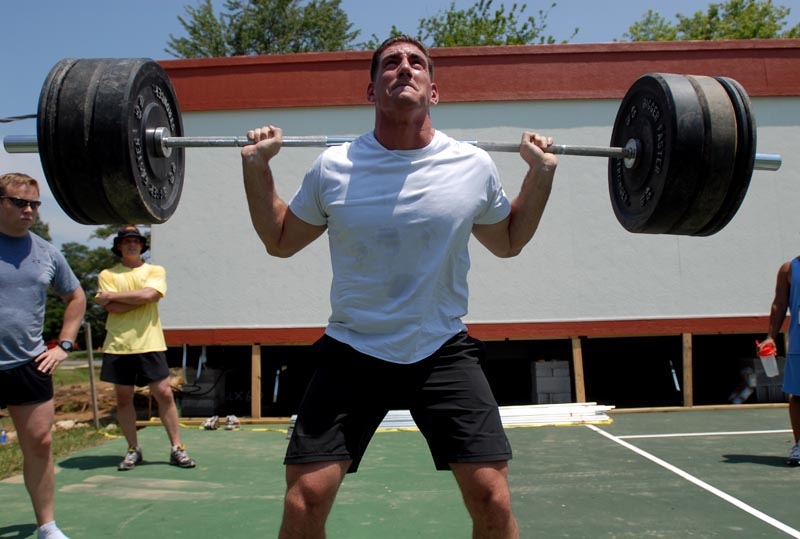
In order to transform their exercise regimen into sport, CrossFit gyms use ranking and scoring systems to quantify an athlete’s proficiency at various workouts. This served as the impetus behind the CrossFit Games, which has grown from a congregation of 70 fitness die-hards at the inaugural Games in 2007 to a globally contested championship in 2011. Sectional and regional finals are held to determine the top athletes in each corner of the world, with the very best CrossFit athletes meeting from July 29-31 at the Home Depot Center in Carson, California, to crown the CrossFit champion of the world.
Canada will be represented by eight athletes at the 2011 Games – four qualifiers from the Canada East regional, held June 3-5 in Etobicoke (Jason Cain, Albert-Dominic Larouche, Camille Leblanc-Bazinet and Michele Letendre); and four qualifiers from the Canada West regional, held May 27-29 in Vancouver (Lucas Parker, Jeremy Meredith, Angie Pye and Alicia Connors).
Parker is one of the more intriguing contestants in the entire competition. Based out of CrossFit Zone in Victoria, BC, Parker won the Canada West regional in dominating fashion, accruing just 19 points, while Meredith, the runner-up, tallied 30. (The CrossFit Games, much like golf, rewards competitors with the lowest scores.). A video on the CrossFit Games website shows Parker performing an enhanced version of a workout called King Kong, complete with weighted muscle-ups and handstand push-ups, before scarfing down a McDouble and a root beer from McDonald’s. Many of Parker’s intricacies belie conventional strength and conditioning principles – including his meal choices, his relative youth at age 21 and his strikingly un-aerodynamic body hair – but, along with his relentless devotion to training, they’re what make him the perfect candidate for CrossFit in the first place.
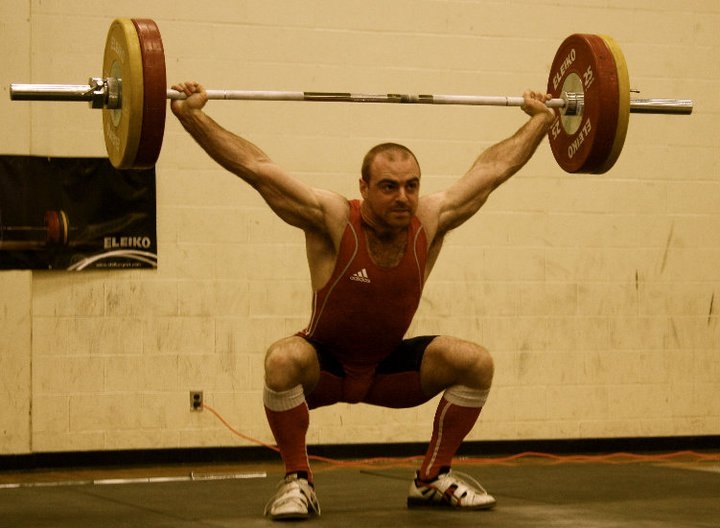
One of CrossFit’s stated goals is to develop “the quintessential athlete,” which legitimizes the existence of the CrossFit Games. Before CrossFit was CrossFit Inc., though, before the CrossFit Games and the CrossFit Journal were born, and before Lucas Parker set foot inside CrossFit Zone, CrossFit wasn’t CrossFit – it was just an idea inside Greg Glassman’s head, a wish to create a high-intensity workout program to benefit everyone, from pro athletes to the military serving overseas to regular citizens. Glassman has not only created an internationally renowned brand; he’s also triggered a revolution, destined to defy the limitations of traditional fitness exercises, conventional thinking be damned.
For more information on CrossFit, please visit www.crossfit.com. For more information on the CrossFit Games, please visit www.games.crossfit.com.



